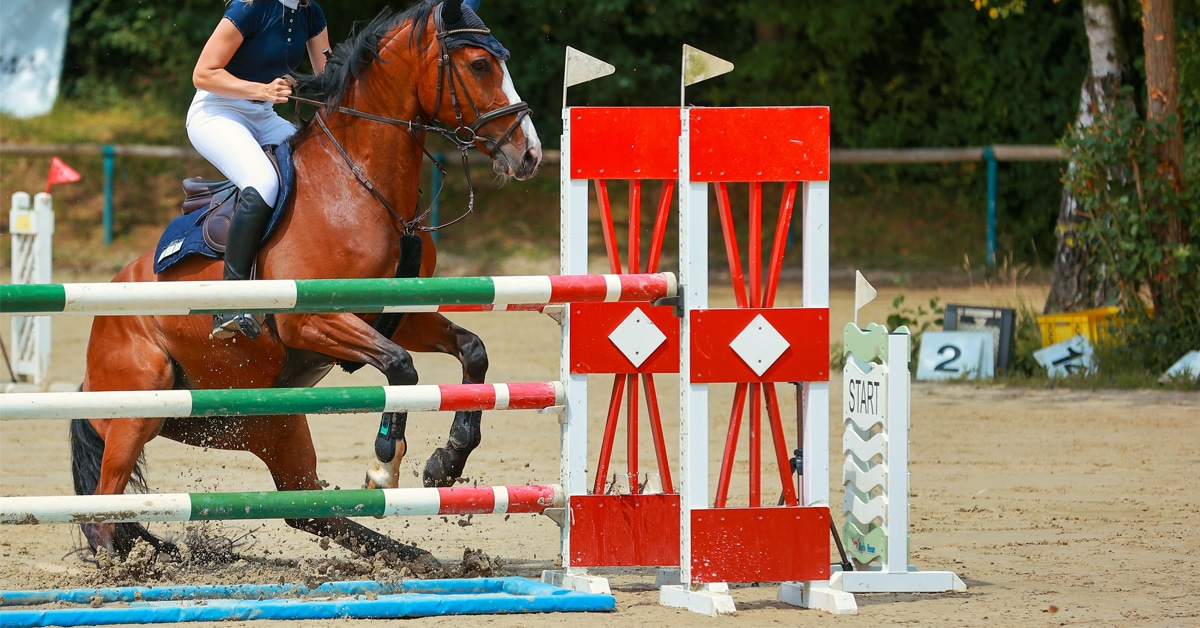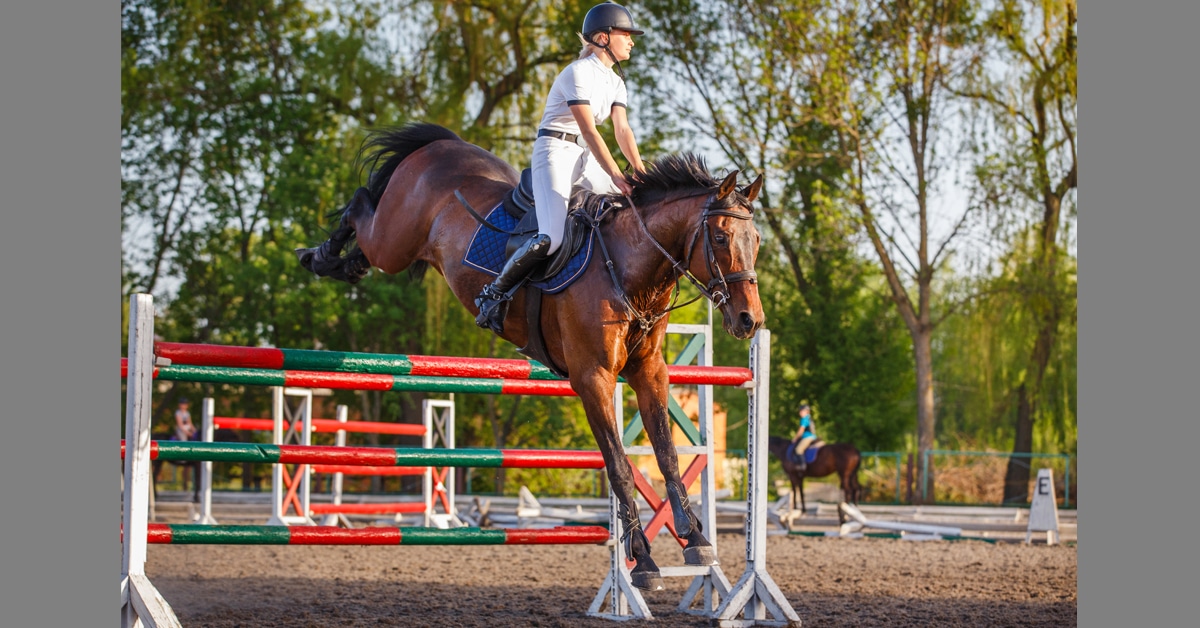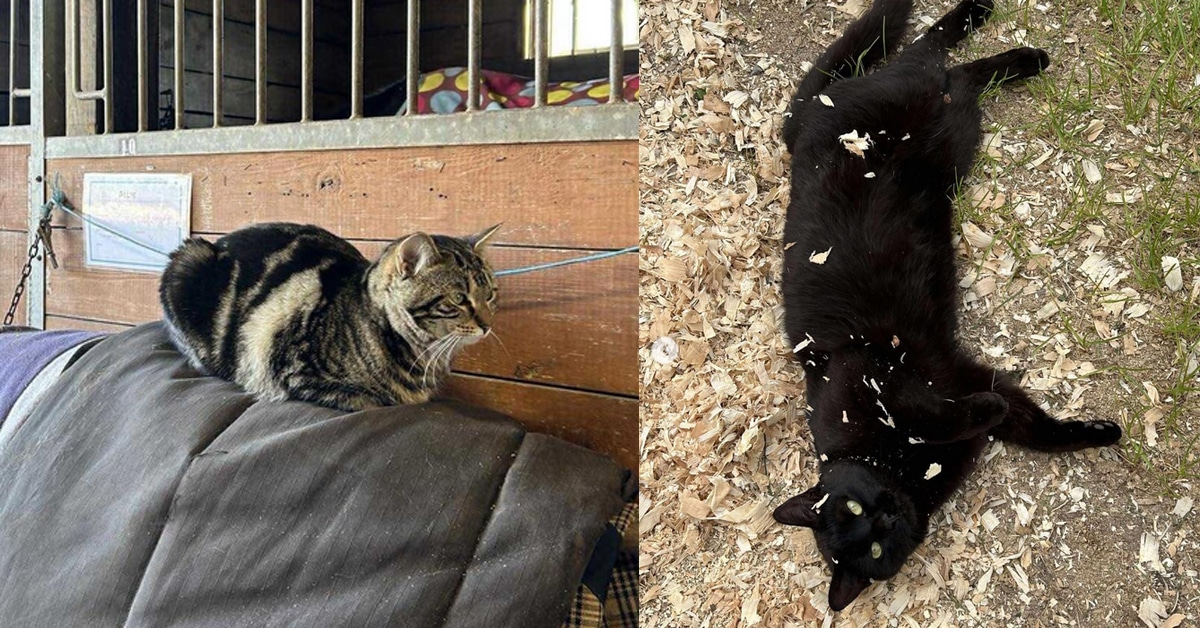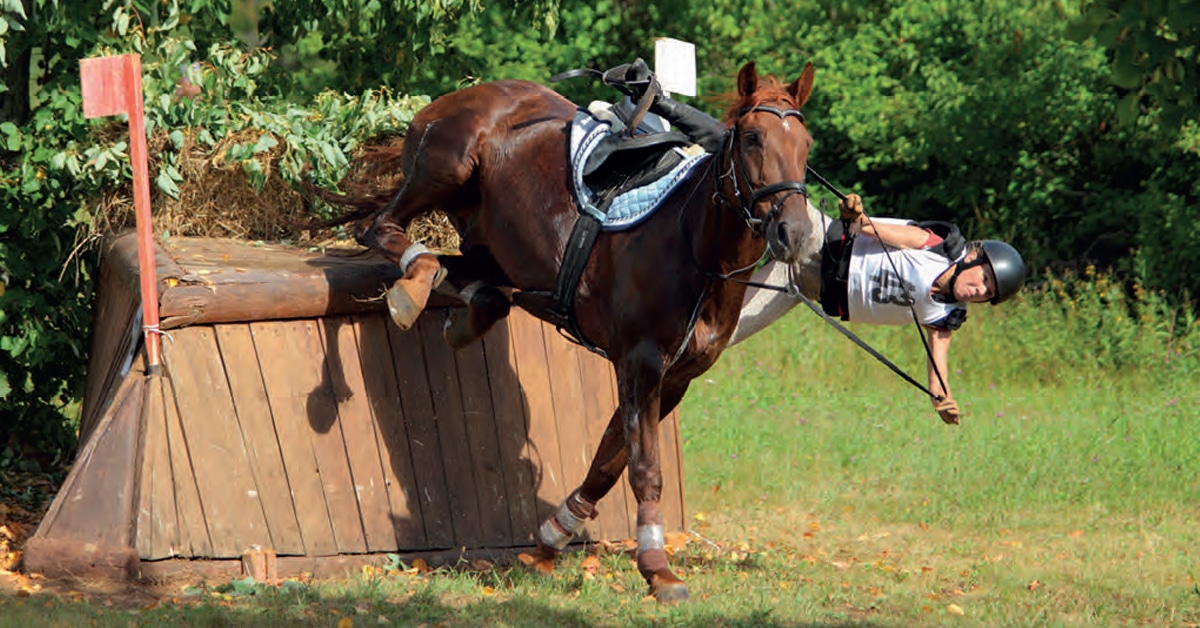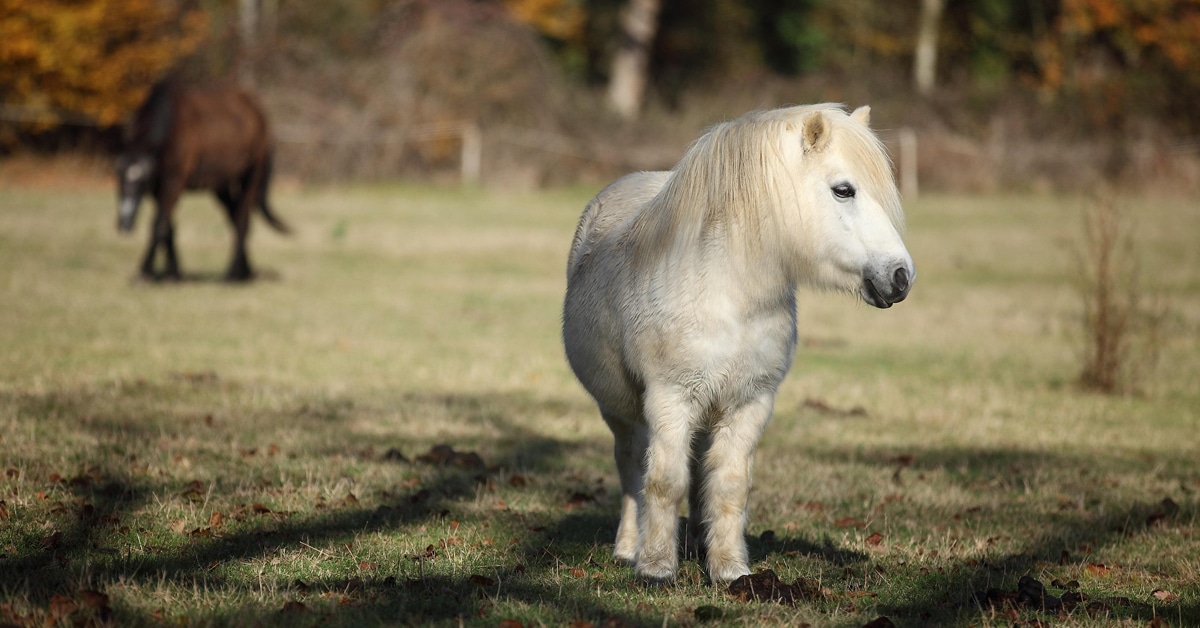Supporting your horse in maintaining adequate body condition comes down to the number of calories that they are consuming daily. While nutrients like protein often take center stage in equine nutrition discussions, calorie content is frequently overlooked – yet it is foundational to weight management, health and performance.
Caloric Requirements and Digestible Energy
In North America, energy requirements for both humans and animals are most often measured with calories. A calorie is the amount of energy it takes to raise 1 gram of water by 1 degree Celsius. As horses have large calorie requirements, the measurements of kilocalorie (kcal) or megacalorie (Mcal) are used: a kcal is 1,000 calories, and an Mcal is 1,000,000 calories.
The Nutrient Requirements of Horses, 2007 (NRC) provides estimated digestible energy (DE) requirements based on a horse’s weight and workload. The DE content is a calculated estimate of the energy that the horse is expected to absorb from the feed.
For example, a 500 kg horse that is not in work requires 16.7 Mcal/day of DE; however, each horse’s energy needs can vary based on a variety of factors such as metabolism, temperament, and environmental conditions.
Horses are often classified as easy, average, or hard keepers depending on how easily they gain and maintain weight. Easy keepers tend to require fewer calories, while harder keepers require more. For instance, based on the NRC recommendations, a 500-kg easy keeper at maintenance requires just 15.2 Mcal/day, whereas a hard keeper of the same weight and workload requires 18.2 Mcal/day.
These guidelines from the NRC provide a useful starting point, but due to the individual variations in energy requirements, it is critical to determine the calorie content that your horse does well on. To do this, an evaluation of the entire program – which includes forage, of course – is required.
Maintaining an Optimal Condition
For a horse to maintain a healthy body condition, they must be provided with adequate digestible energy in their daily ration. As forage comprises the base of the equine diet, it is critical to understand how many calories it is providing.
The calorie content of forage varies significantly and is often not closely considered when trying to elicit weight gain or loss with horses. For example, the DE content of hay can easily range from 1.5 Mcal/kg to 2.6 Mcal/kg – that is a huge variation!
If we use the example of a 500-kg easy keeper that is not in work and we provide 2% of their body weight in low-energy hay daily, their digestible energy requirement would be being met, and not greatly exceeded. However, if that same horse is on the higher-energy hay, it is going to be essentially impossible to avoid that horse becoming overweight while consuming that hay.
Testing your hay provides valuable information to allow for optimal management of calorie intake. It is all too common that a hard keeper will be doing well on their current hay, but then the hay changes and they start losing weight. Instead of waiting for the unwanted weight loss to occur, it is recommended to test each batch of hay to know the daily calorie intake in which they do well on. This information can then be used to guide supplementation decisions; for example, if the hay changes and it is lower in calories, you can simply increase calories in their concentrate meals to keep the overall calorie intake consistent.
When additional calories are added, there are a variety of choices from fat supplements to grains, fibre-based concentrates or preserved forages. Understanding the type of calories that each option provides is critical to making the correct choice for your horse’s unique needs.
Types of Calories
There are three primary macronutrient groups that horses derive energy from: carbohydrates, fats and protein.
Carbohydrates are the primary energy source in the equine diet and are either hydrolysable (broken down in water), structural (fibre) or rapidly fermentable (quickly digested) carbohydrates. Hydrolysable carbohydrates can be broken down by digestive enzymes in the foregut of the horse (stomach and small intestine). These nutrients are absorbed as glucose and provide an immediate source of energy to the horse. This type of carbohydrate is what needs to be limited for horses with metabolic issues. Adding hydrolysable carbohydrates as a supplemental calorie source might also contribute to a horse being more excitable.
The other two types of carbohydrates – rapidly fermentable and structural – must be fermented by the microbes in the hindgut (cecum and colon). The fermentation produces volatile fatty acids which are then used by the horse for energy.
Fats often comprise a much smaller portion of the diet, but they are the most calorically dense source of energy for horses. Fats, similar to structural carbohydrates, are referred to as ‘cool energy’ sources, as they do not cause the spike in blood glucose that is seen with hydrolysable carbohydrates.
Adding fat to a diet is a great way to boost calories, and despite not having a gallbladder, horses are able to digest and utilize fat quite well, as long as it is introduced slowly. When fat content of the diet increases, the horse will produce more lipase and increase bile secretion.
The final macronutrient group is protein. The primary role of protein in the body is to repair and build tissues, but when there are insufficient amounts of carbohydrates and fats to support calorie requirements, it can also be used as energy. This is not preferable, as the process to break down protein is inefficient – therefore adding more protein to promote weight gain is not the best option.
Putting it All Together
- Evaluate your horse’s body condition regularly.
- For optimal weight management, it is recommended to test your hay with each new shipment and understand the digestible energy intake in which your horse best maintains their weight.
- If additional calories are required, consider the work that your horse does, the amount of weight they need to gain, and their behaviour.
- Preserved forages, fibre-based concentrates, and fat supplements are great options for adding calories without excess excitability that some owners may be concerned about.
- Grain-based products that have a greater hydrolysable carbohydrate content are also important calorie sources that support many performance horses; however, these calorie sources can contribute to excitability.
Selecting appropriate calorie sources will ensure your feeding program supports your horse’s long-term health and performance. If you have questions or need guidance in feeding choices, consult your equine nutritionist.
The Latest
